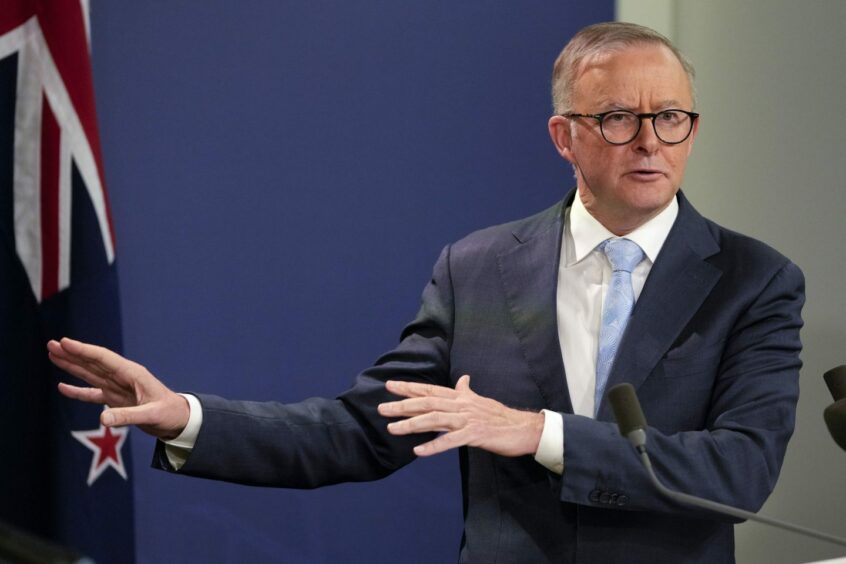
Australia’s government is considering action including a possible cap on the price gas producers can sell into the domestic market amid efforts to tame surging energy costs.
Ministers and regulators are studying a range of potential interventions as they grapple with concerns that a rush to lift exports by the nation’s major liquefied natural gas (LNG) projects has left local consumers facing a fuel shortfall that will add to pressures pushing power bills higher.
“People can nominate lots of solutions,” Resources Minister Madeleine King told reporters Thursday in Sydney. “I openly admit that pricing is absolutely one of them.”
Australia’s status as one of the world’s largest exporters of LNG has become a source of political tension with domestic consumers forecast to face a squeeze on gas supply at the same time producers like Shell Plc and Chevron Corp. are boosting shipments overseas and reaping higher profits from surging global prices.
Policymakers are studying limits on fuel prices and the issue is particularly problematic for Prime Minister Anthony Albanese’s center-left Labor government, as it won office in May with a promise to keep power bills low. Albanese has so far deferred making any direct payments to households to mitigate the rising cost of energy, meaning minister are under pressure to consider alternative remedies.
A budget delivered last month estimated Australia’s electricity and gas prices will jump as much as 20% in the year through June 2023, and rise even higher in the following fiscal year. Domestic gas prices have risen six-fold since March 2021, according to the Treasury.
“We have to look at the broader range of possible solutions,” King said. “We have an opaque gas market. There are something like 40 retailers and there are 20‑odd producers, but who knows who’s offering what?”
Any intervention aimed at encouraging LNG exporters to deliver more gas for domestic use is unlikely to have any major impact on global supply or prices. Australia in September struck an initial agreement with some producers to boost volumes for local consumers, and in any case a forecast gas deficit next year in eastern Australia is equivalent to about 14 LNG cargoes — a fraction of the roughly 100 shipments a month that typically head overseas.
